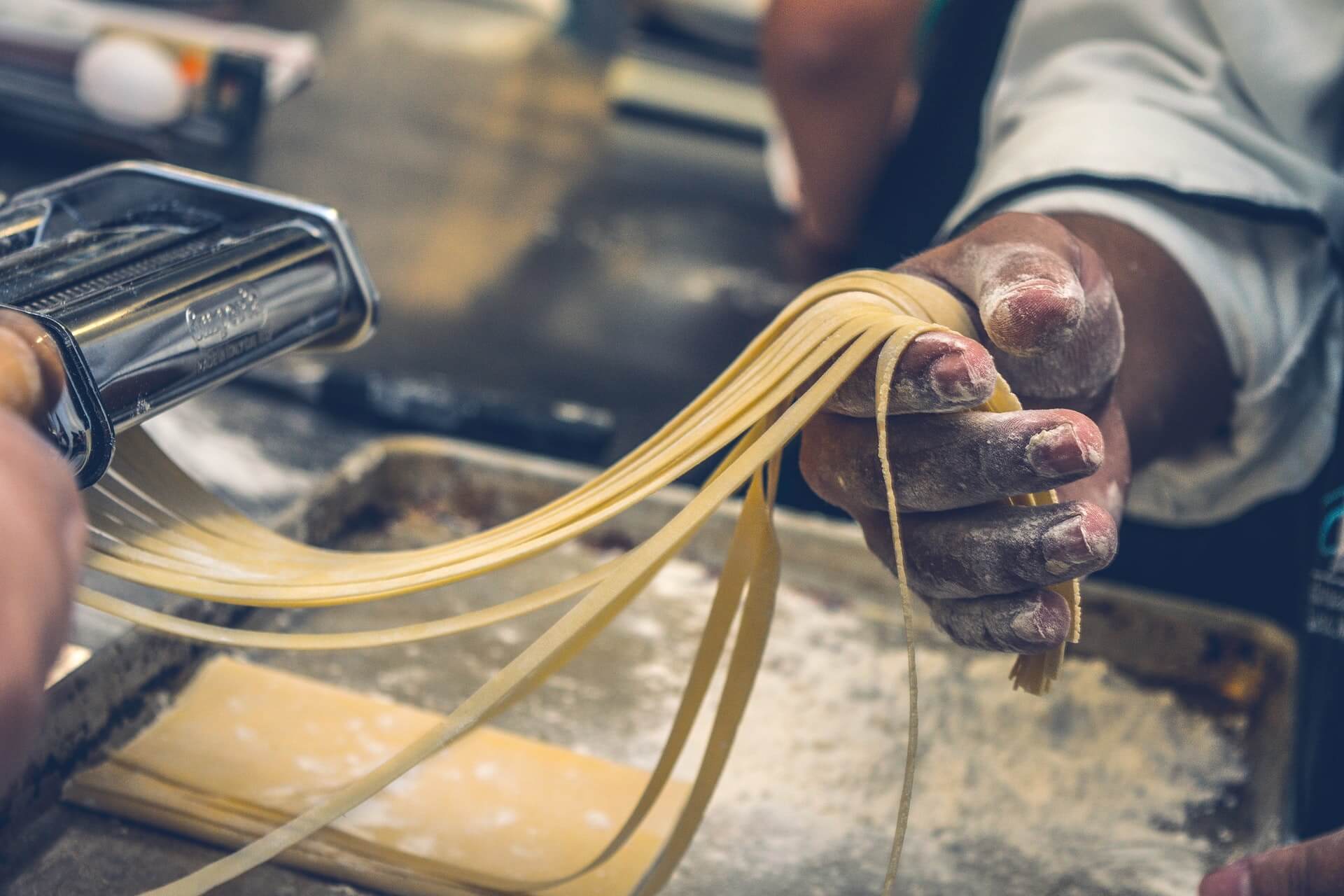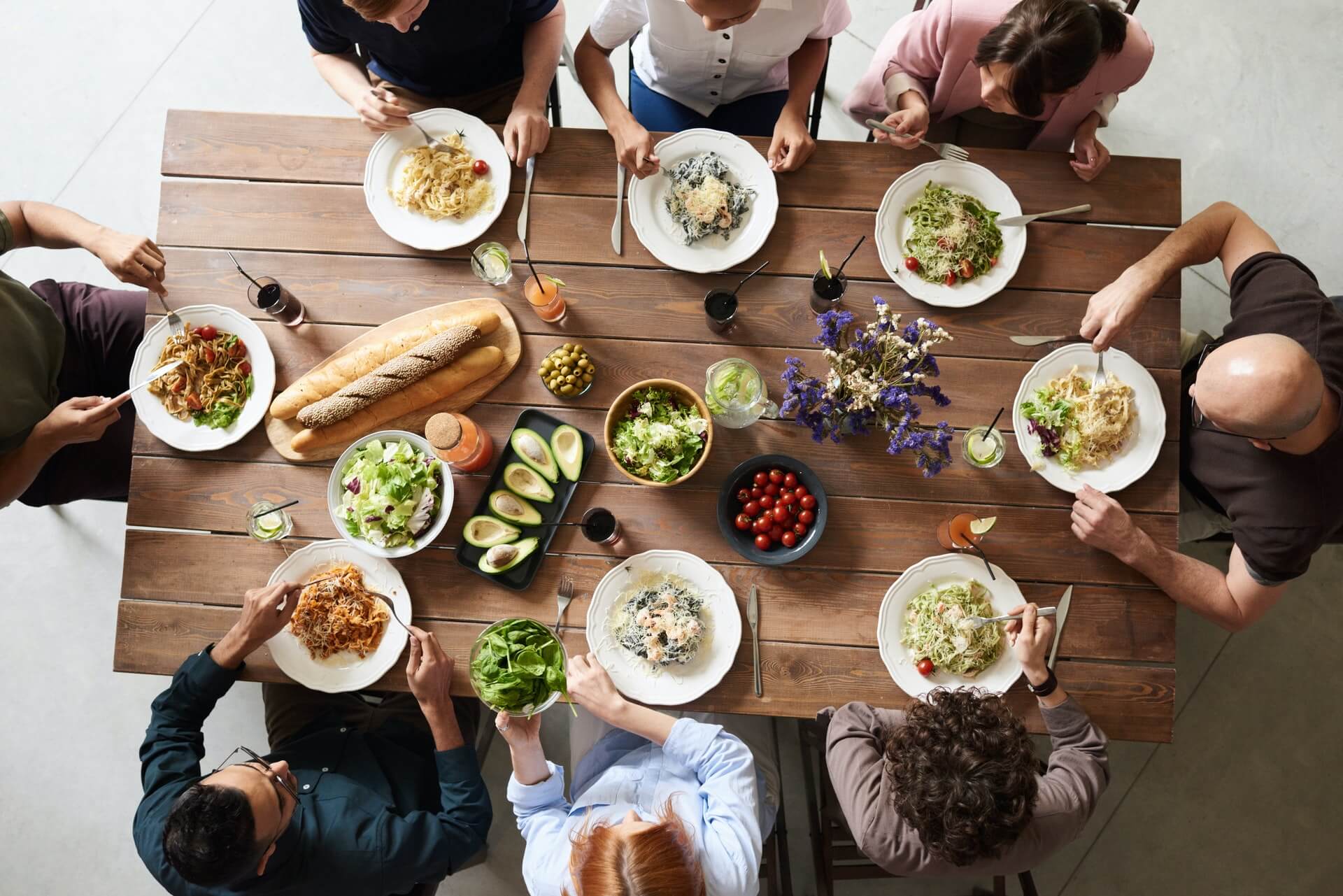SevenRooms Predicts 2022
by David Klemt

As we near the end of a tumultuous 2021 we must look ahead to 2022 to set our industry up for best strategies, innovations, and recovery.
SevenRooms is doing just that, looking at what operators should consider to meet guest expectations next year.
In a blog post on the company’s website, SevenRooms reveals what they believe are the keys to success in 2022.
Let’s jump in.
More is More
The first quarter of 2022 will mark two years of the pandemic and its affects on the industry.
As SevenRooms says, some guests will not have been out of their homes for two years. The company predicts this contingent will be looking to unleash pent-up demand.
Of course, that represents an opportunity for operators. Another wave of pent-up demand can mean a boost in traffic and revenue.
However, guest expectations will be sky high. That cliché that less is more? Yeah, you can toss that right out.
More will be more for this contingent of guests looking to dine and drink out after feeling cooped up for month after endless month.
Sure, some guests are aware that operators are facing labor shortages, increased costs, and other pandemic-driven challenges. They know that workers are overwhelmed and finding themselves in hostile confrontations they certainly don’t deserve.
And sure, some guests are sympathetic to those struggles. However, they have their demands and expect restaurants, bars, and hotels to meet them.
What can operators do to meet those demands? In fact, what can they do to anticipate and overdeliver on guest expectations?
SevenRooms has a couple suggestions.
Collect guest data. At this point, this should be a given. How can an operator engage with and retain guests if they don’t really know anything about them?
Embrace more tech. Platforms like SevenRooms can handle a restaurant or bar’s reservations quickly and easily. This is a feature that, per SevenRooms, more than half of guests expect a restaurant or bar offer. Some platforms can also automate marketing; send guests post-visit surveys; and tackle review aggregation.
Convenience Reigns Supreme
Here’s a quick, impromptu survey:
Do you prefer a seamless restaurant, bar or hotel experience, or do you like frustrating dining, drinking and lodging experiences?
I’m going to go ahead and assume you prefer the former option. In other words, you like what your guests like: convenience.
Well, SevenRooms is predicting that the desire for convenience will only grow stronger among guests.
Yes, delivering on the increasingly important topic of convenience will rely on collecting data. But rather than view it as just one more task, SevenRoom suggests looking at it in a more positive light.
A number of the conveniences guests expect can be automated. They can even help ease the burden of the labor shortage somewhat.
For example, contactless ordering and contactless pay are close to becoming standards. Offering those features to guests means meeting expectations, thereby delivering an excellent guest experience. On-demand ordering and paying can also ease some front- and back-of-house pressure.
Collecting guest data allows management and front-of-house staff to add personal touches before a guest is even seated. Again, seamless, excellent guest service.
Another convenience? Online ordering. SevenRooms isn’t the first to predict that on-demand ordering is here to stay. In fact, a suite of conveniences will be important moving forward:
- Online ordering during in-person visits and for delivery or pickup.
- A user-friendly reservation system that goes deeper than just picking a date and time. Why not allow guests to select seats and even request upgrades?
- A virtual waitlist. Not only is this convenient, SevenRooms says this feature can boost walk-in traffic and reduce abandonment.
- Contactless, mobile paying options.
There you have it. Two seemingly basic predictions—higher expectations and a desire for even more convenience—with the potential to boost traffic, loyalty, and revenue.
Image: SevenRooms









